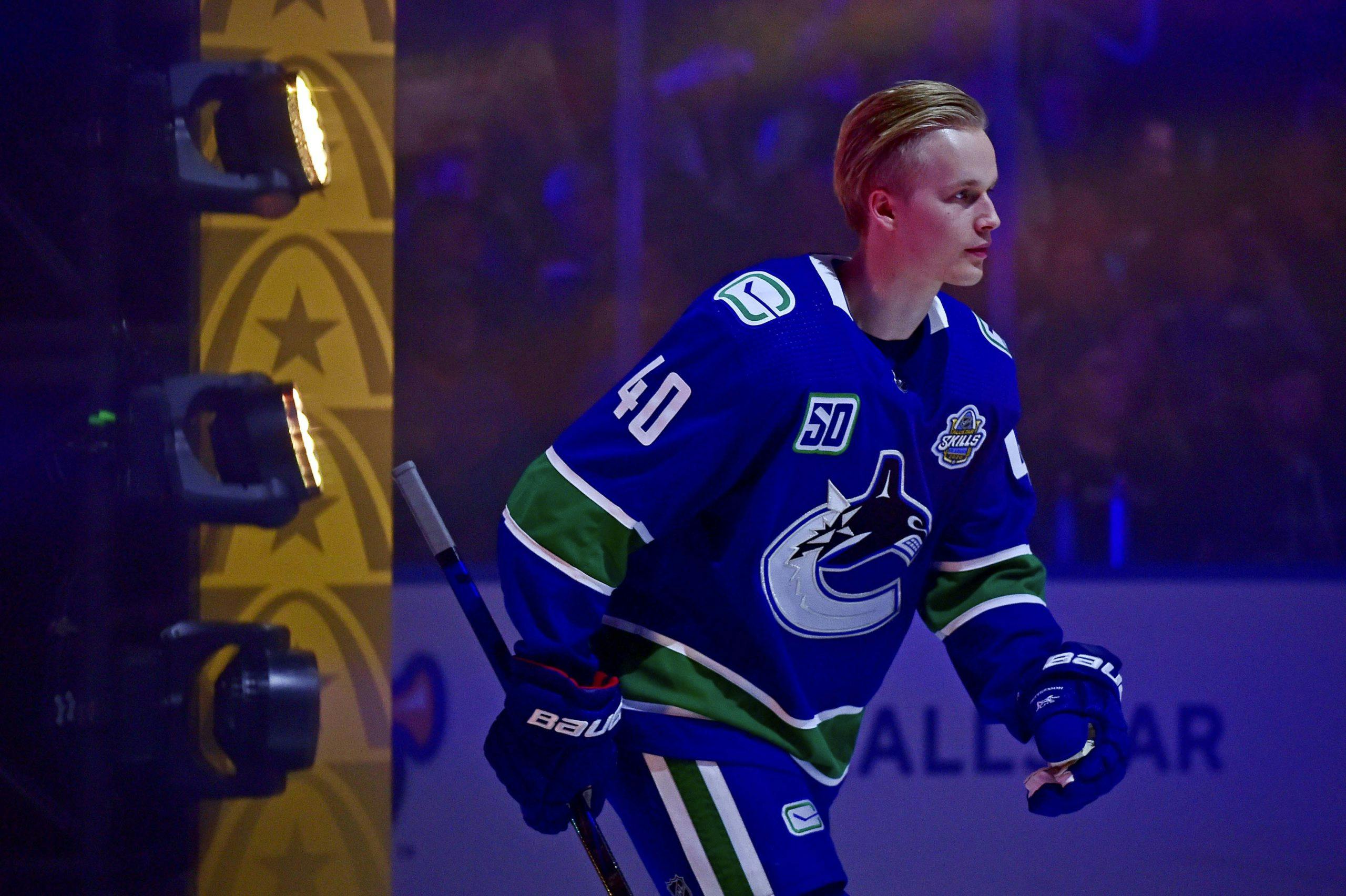How the NHL can grow through COVID-19 Part 1: Marketing
Photo credit: Jeff Curry-USA TODAY Sports
By Sean Warren
Dec 22, 2020, 11:00 EST
Breaking News
- Canucks took NHL Draft prospect Braeden Cootes out for dinner, but will they actually draft him?
- Report: Sabres’ D Bowen Byram ‘would like to be a Canuck’
- Abbotsford Canucks Game Day: Deadlocked Calder Cup Final shifts to Abbotsford for Game 3
- Streaky scoring led to a career high in goals for Jake DeBrusk in his first season with the Canucks: 2024-25 Year in Review
- 3 questions facing the Canucks heading into a pivotal two week offseason stretch
